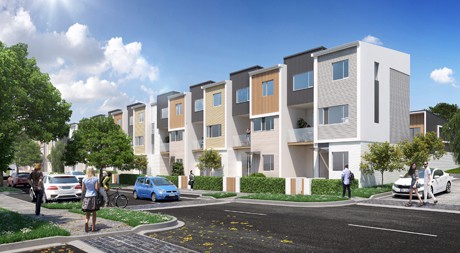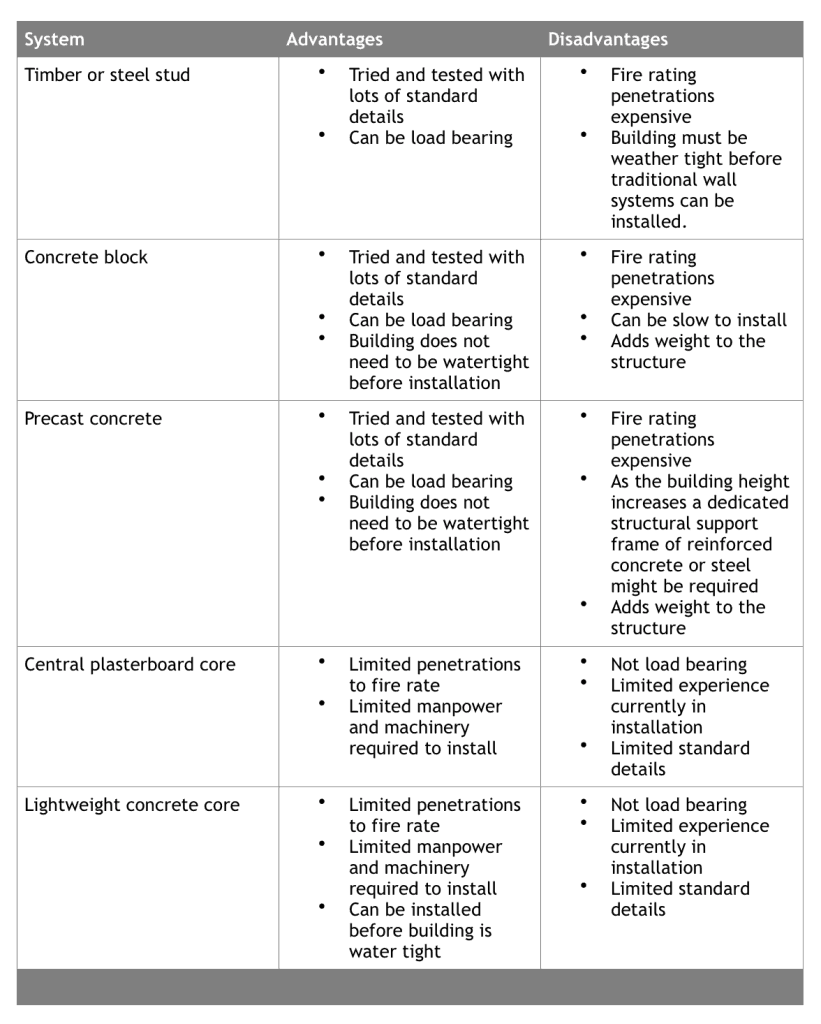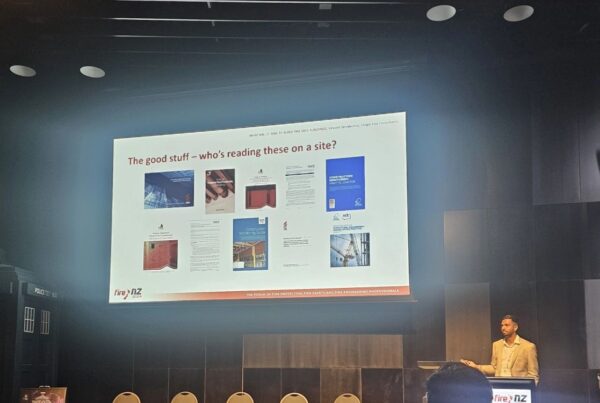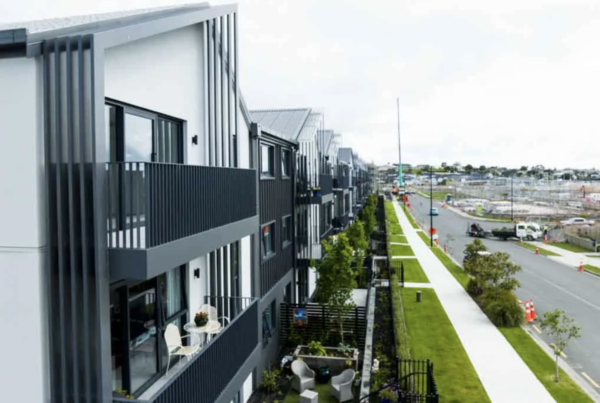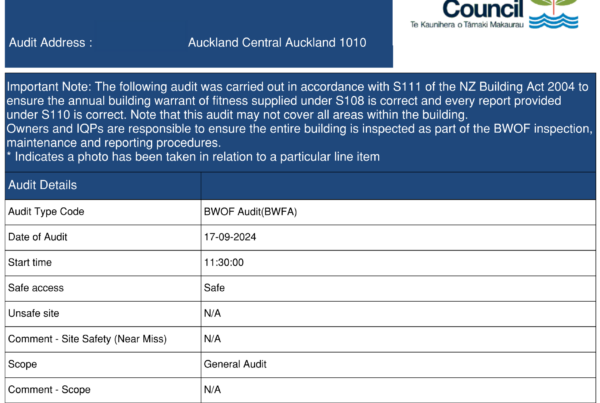Just between us – more thought into inter-tenancy apartment walls
The current apartment boom has resulted in much thought going into the construction of inter-tenancy walls in apartments. Inter-tenancy walls serve multiple functions. They hold the floors above. They provide fire protection for the structure holding the floors and fire separation from adjacent apartments and stairs. And they limit the transfer of noise between apartments. Compared with traditional wall systems, timber or steel stud frames lined with plasterboard, concrete block or precast concrete, inter-tenancy wall construction will ideally become quicker, more cost-effective and easier to fire rate the penetrations going through them.
Timber or steel stud plasterboard lined walls
Timber or steel stud plasterboard lined walls are tried and tested. There are standard details for junctions, doors, windows and protection of structural steel. Yet, from an acoustic performance and fire rating performance perspective, the devil is in the detail. Penetrations for electrical cables, plumbing pipes and fixtures are often fiddly and expensive to get right. The number of layers of plasterboard required depends on whether acoustic, fire rating or fire rating penetration requirements take priority. Often the fire rating of penetrations requires the greatest possible plasterboard thickness and this drives the overall cost of the wall. And, before traditional wall systems can be installed the building must be weather tight.
Concrete block
Concrete block can be slow to install and expensive to cut holes in to run services, although the building does not need to be watertight before installation. Installers wanting to run services through the walls need to plan ahead so there is a good chance that fire rating the penetrations will be relatively straight forward.
Precast concrete
Precast concrete is similar. Like plasterboard lined frames and concrete block, precast concrete walls can be used as part of the load bearing structure for low rise buildings. As the building height increases however, a dedicated structural support frame of reinforced concrete or steel might be required. Steel frames require protection.
Recent innovations in inter-tenancy wall construction
We are now seeing innovations in the construction of inter-tenancy walls in apartments. These include plasterboard lined double timber or steel studs with a central plasterboard core for fire and acoustics, and plasterboard strapped and lined lightweight concrete panels such as speedwall, hebel or supercrete. Such innovations seek to improve acoustic performance, reduce construction time and make fire rating of penetrations simpler.
These systems work on the premise that either the plasterboard or light weight concrete core is not penetrated by services. This improves the acoustic performance and eliminates a lot of the penetrations that need to be fire rated because all penetrations are made in the outer layers of plasterboard which do not require a fire or acoustic rating. These systems are lightweight. They can be handled by just one person and can be installed rapidly. On the downside however there is less installation experience in the industry and there are fewer tried and tested solutions for junctions, doors and windows.
Currently there is no clear winner for all situations. For every building there are plusses and minuses to be considered. The best solution for each building is in the quality of input from the architect, the structural engineer and the quantity surveyor at the concept design stage where all the factors can be considered.
